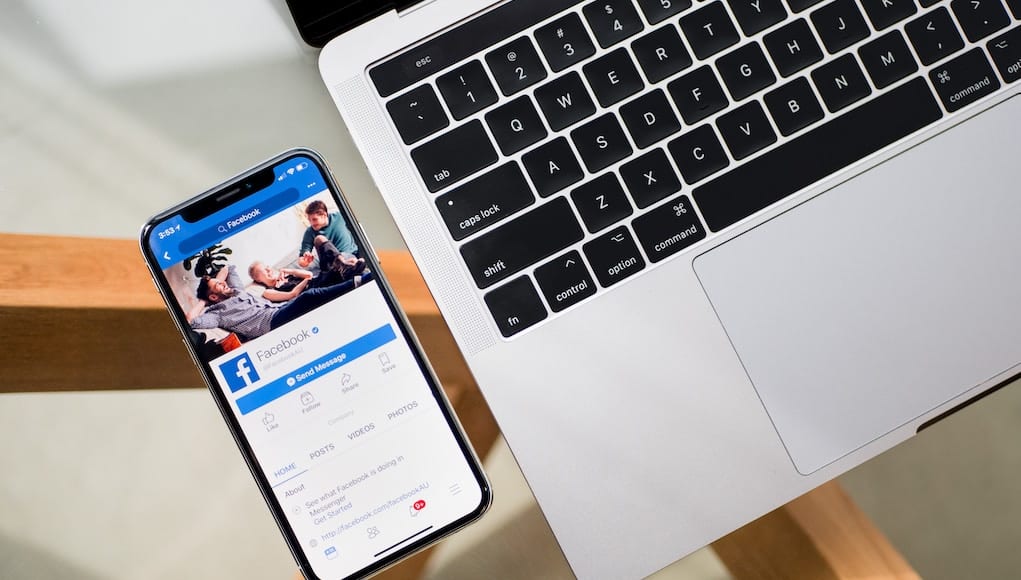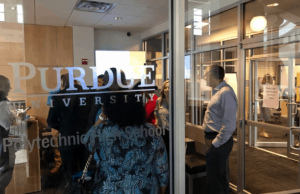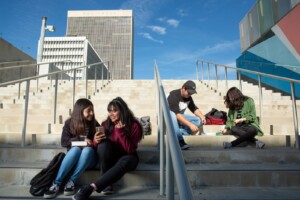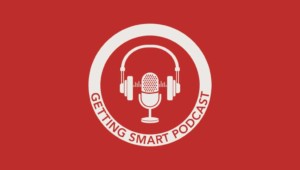Redefining Readiness: New Literacies

Readiness has become a popular way to describe the mission. Are our students ready? Many like college and career ready. Others like Future Ready. I like ‘ready for anything” because that’s truly what all of our students need.
In Part 1 of Redefining Readiness, I focused on Pedagogy and Courses. For Part 2, let’s go beyond and focus on new literacies.
New Literacies
Literacy has traditionally been used to describe the functional ability to read, write, speak and listen. One was literate if one was able to communicate in their work and personal surroundings. To me, it was about a baseline of functionality and even survival. Well, it would make sense that the technological revolution would impact our literacies as well. What do we, all of us and especially our young people, need now in order to effectively communicate, work and function in this new century and the new economy? Well, because of the technology influence, many of these new literacies have a tech foundation. They are things like media literacy, information literacy, computer literacy, digital literacy and even social media literacy. There is a lot of crossovers here. But what do these mean in terms of learning, education and work? Let’s examine Social Media literacy up close to serve as an illustration.
It might be hard to find something that has transformed the world more in the last decade than social media. Indeed, governments, corporations, organizations and social movements have been formed, or even transformed, through the effective use and implementation of social media.
In education, as usual, we have been slow to understand and ultimately embrace effective uses of social media. We are all very aware of the negative activity, topics or images on social media. Indeed, it’s very reminiscent of the early concerns about the internet.
When the web was first available to the public, we heard lots of concerns related to everything from personal security to pornography. And even though those issues were and are real, we also soon realized the potentially positive power of the Internet to transform business and economics, travel, communication and more.
To me, social media is in the middle of this same transformation. Most of the world has figured out the dynamic and necessary reach of social media in terms of customers, fans, followers, believers, community makers and more. But again, as usual, education is behind. We are simultaneously dismissing the use of social media in education due to the negative elements, while also not attempting to use it as an educational tool for the potential positive elements with students.
Many educators have already embraced social media for themselves for its again dynamic ability to expand and develop their necessary PLN (Personal or Professional Learning Network). Many educators are now realizing that social media is an excellent way to connect with other educators and experts globally, as well as to discover free and immediate professional growth materials.
But now, the ultimate challenge is how do we teach social media use, skills and applications to our students? There are many challenges here. But first, we need to understand why this is imperative.
Most of us are now aware of the practice of social media screening for job applicants. Negative use of social media can really hurt one’s chances with future employers. According to a study from market analyst firm On Device Research, 1 in 10 young job seekers has lost a job opportunity because of their social media profiles. According to Career Builder, a survey conducted several years ago already showed that 37 percent of employers said they used social media to screen applicants, and over 65 percent checked out applicants’ Facebook profiles.
But the social media profile analysis hasn’t stopped with employers. Now, more than ever, college admission officers are checking up on applicants’ online activity as well. Kaplan’s eye-opening survey of admissions officers several years ago already showed that 27% of respondents admitted that they had used Google to check out prospective students and 26 percent had looked up applicants on Facebook. And of those officers screening applicants’ social media profiles, 35 percent said they found something that negatively impacted an applicant’s chances of getting in, nearly tripling from the year before.
So, first, we need to educate all students about the potential dangers of negative social media use and how it can impact their future options in college, with employers and companies, etc. That seems obvious right? But we have had campaigns for years warning students about everything from smoking to bullying to drug use to sex. And one could argue that they are often not effective enough.
So, is just teaching or warning about the negative implications enough? Of course, it is not. Our job as educators is not only to show students what not to do but also to teach them what to do. And this is no different with social media. This is another form of literacy necessary to truly be successful in the 21st-century workplace.
Recent studies are demonstrating that college students that use and understand social media are experiencing an edge or more success than their counterparts who don’t. Recent studies on Twitter’s impact on both engagement and academic performance show positive effects. A 14-week experimental study of 125 university students found increased grades and increased levels of traditional measures of engagement among students who used the medium compared to their counterparts who did not (Junco et al., 2010).
Ultimately, we need to teach, demonstrate, model and practice social media use with students. Given the impact and power of social media use professionally, students will be disadvantaged not only if they use social media negatively, but they will also be disadvantaged if they don’t learn how to use it to enhance their career.
Students need to learn now how to share their talents, skills, passions, and accomplishments with the world. In other words, their Facebook page, Twitter account, Instagram use and more are their daily resume. Students that share their positive and professional writing, photographs, videos, music, art, business ideas, volunteer and service work and more on social media will have an advantage on those who don’t.
Like many other things in education, we have options here. We can ignore—which seems ineffective and tragic. We can warn and preach—which have minimal results. Or we can teach, model, and mentor for greater success. Our students deserve it.
For more, see:
- Ensuring Readiness for All Through Math Literacy
- Redefining Readiness
- Boosting Career Readiness in Dallas
Stay in-the-know with innovations in learning by signing up for the weekly Smart Update.






0 Comments
Leave a Comment
Your email address will not be published. All fields are required.